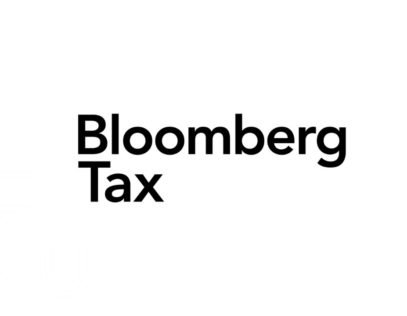The digital economy has radically transformed global business models. Companies now operate through digital platforms, decentralized networks, and massive, real-time data flows generated by users, devices, and interconnected systems. This environment raises critical questions about how to allocate value and risk in intercompany transactions, and how to design transfer pricing policies that reflect this new reality.
As data becomes a key economic asset and the Internet of Things (IoT) drives automation and efficiency, traditional benchmarking methods face growing limitations. Identifying functionally comparable entities and appropriately allocating profits has become increasingly complex.
Emerging Challenges
The challenges facing transfer pricing professionals and compliance teams lie not only in the sheer volume of data, but also in its intangible, distributed, and constantly evolving nature. Key issues may include:
- Valuation of data: determining who generates the data, who controls it, and how to assign an economic value in related-party transactions.
- Lack of comparable transactions: many digital business models have no clear analogues in the open market.
- Allocation of functions and risks: in IoT-enabled business models, key functions may be distributed globally across complementary entities.
- Ubiquity of digital assets: data and algorithms lack a defined geographic location, complicating delineation analyses and the application of traditional transfer pricing methods.
What Tax Authorities Are Observing
Tax authorities around the world are increasing scrutiny over how multinational groups allocate value in digital environments. The OECD, in its Guidance on Transfer Pricing Aspects of Intangibles and Pillar One of the BEPS 2.0 framework, highlights the need to reassess profit allocation methods in highly digitalized businesses.
One of the most visible challenges in this context is the tension between digital business models and traditional permanent establishment (“PE”) rules. Platforms that operate in multiple countries and generate significant revenue through local user interaction may not create a PE under current rules, due to the absence of physical presence or personnel in the jurisdiction. This has led to proposals to redefine the concept of economic nexus, introducing criteria such as significant digital presence or sustained user engagement.
Several jurisdictions have adopted unilateral measures to address the tax challenges posed by digital business models. For instance, France, Italy, and the United Kingdom have implemented Digital Services Taxes (“DSTs”) on revenues from digital advertising, online intermediation services, and user data monetization, typically at rates ranging from 2 % to 3 %. These DSTs were introduced in response to the slow progress in reaching global consensus under the OECD Inclusive Framework.
At the same time, Germany, Australia, and Mexico have strengthened their transfer pricing documentation frameworks to better capture digital business activity. For example, since January 1, 2025, Germany requires taxpayers to submit a Transaction Matrix (a structured summary of intercompany transactions and TP methods) alongside the Master File and Local File within 30 days of a tax audit notice, even for prior fiscal years.
These regulatory developments suggest that taxpayers must now be prepared to support intercompany pricing of digital intangibles with a more detailed and defensible economic rationale.
Toward a More Strategic Management of Digital Transactions
To address these challenges, companies are adopting more strategic approaches to managing transfer pricing in the digital economy:
- Digital mapping of functions and data: analyzing how and where data is generated, who has the capability to monetize it, and which entity assumes related risks.
- Expanded functional analysis: incorporating algorithms, artificial intelligence, and information flows into the traditional FAR (functions, assets, and risks) analysis.
- Use of alternative data: due to the scarcity of traditional comparables, some groups are turning to alternative market data, data monetization agreements, and digital performance metrics.
- Review of IP and licensing policies: updating intercompany contracts to better reflect the use of and contributions to digital intangible assets.
Bridging the Digital Divide in Benchmarking
Benchmarking methods in digital environments require evolution. Traditional practices, such as the Transactional Net Margin Method (“TNMM”), may fall short in cases where value is created from unremunerated data or self-generating algorithms. Alternative approaches under evaluation include:
- Residual profit split analysis: to separate routine returns from profits attributable to unique intangibles.
- Use of digital-specific indicators: such as ARPU (average revenue per user), digital conversion rates, or engagement metrics, to complement economic analysis.
- Simulation models: applying economic modeling techniques to estimate arm’s-length pricing in the absence of external comparables.
This shift also requires stronger internal collaboration between finance, legal, IT, and compliance teams to accurately capture the digital functions and assets relevant to transfer pricing.
Expanding the Lens
The evolution of the digital economy is not just a technical challenge: it is also an opportunity to redesign transfer pricing policies in a way that aligns more closely with today’s business models. Companies that successfully integrate the value of data and digital systems into their tax strategy will be better positioned to anticipate audits, adapt to new regulations, and develop more sustainable transfer pricing policies over the long term.









